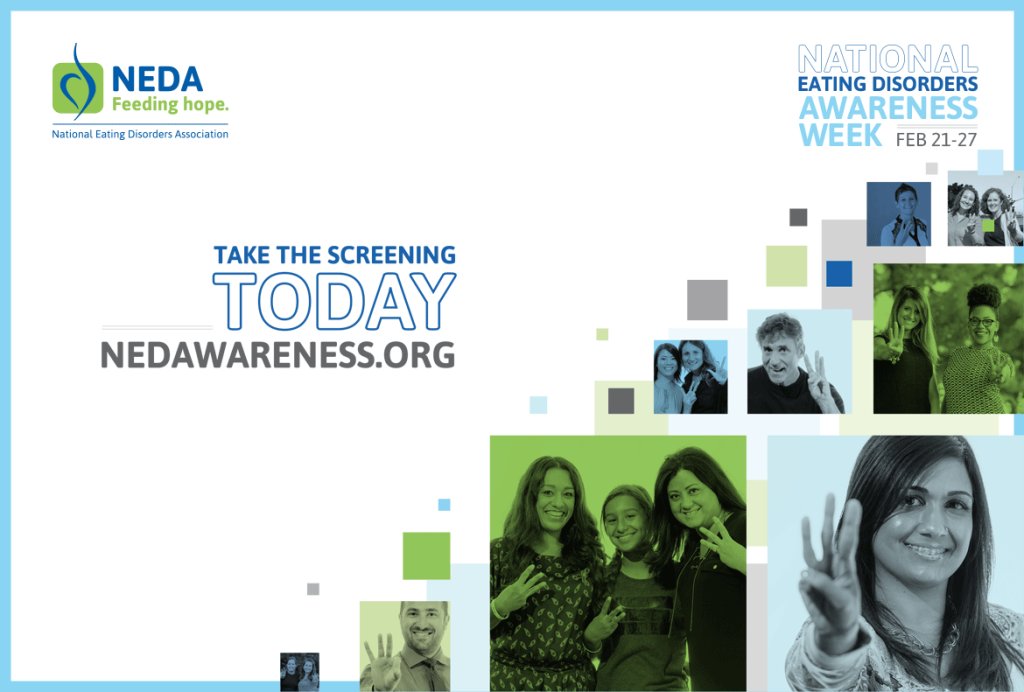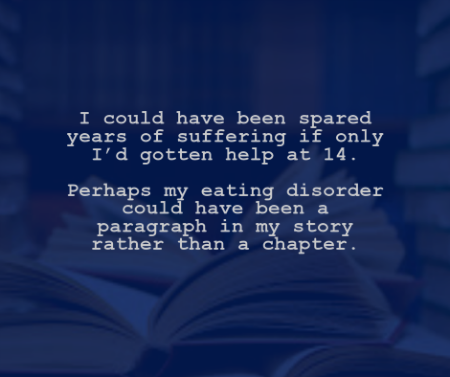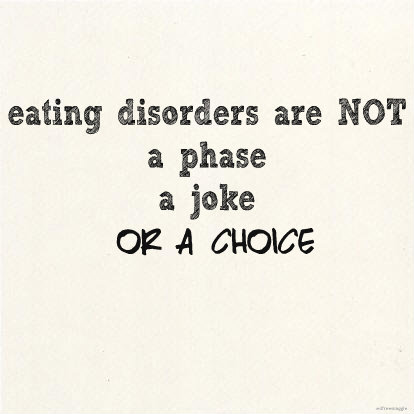National Eating Disorders Awareness Week (NEDAwareness Week) is an annual campaign to bring public attention to the critical needs of people with eating disorders and their families.
The focus of this year’s campaign is on early detection and intervention. The campaign is themed 3 Minutes Can Save a Life: Get Screened. Get Help. Get Healthy, is on early detection and intervention. NEDA has partnered with Screening for Mental Health, Inc., to develop an anonymous, free, online screening –it can take as little as just three minutes to complete– from which participants can learn if it’s time to seek professional help for themselves.
Eating disorders have the highest mortality rate of any mental disorder and 30 million Americans will suffer from an eating disorder at some point in their life. Many of these people will suffer in silence.
WATCH: Marginalized Voices
“Eating disorders can hide in plain sight and frequently go undiagnosed until someone’s health is at significant risk. These are life-threatening bio-psycho-social illnesses, not a ‘lifestyle choice.’ It’s time to get beyond the stigma and stereotypes and recognize the diverse experiences of people affected by disordered eating,” said Claire Mysko, interim CEO of NEDA. “Early intervention is a critical first step toward ending this epidemic, and everyone who is struggling deserves to be able to access help without delay to provide them the best chance possible of full recovery.”
How Early Intervention Could Have Rewritten My Eating Disorder Story
We know that early medical interventions save lives. Cancer that is caught at stage 1 has a better prognosis than a cancer that isn’t discovered until stage 4. Treating a localized infection is much simpler than chasing it through the body after it has spread to the bloodstream.
Eating disorders are no different.
Trigger warning: Descriptions of eating disordered behavior.
The signs and symptoms of an eating disorder start quietly in the form of disordered thinking and troubling behaviors, and gradually these consume every facet of a sufferer’s mind, body and spirit. Left unchecked, these thoughts and behaviors can turn into a full-blown disorder. And just as a growing cancer might not declare itself until its later stages, eating disorders often remain invisible until they’ve become severe.
One of the biggest misconceptions about eating disorders is that you can look at someone and tell whether they are sick. In fact, the illness begins long before someone’s weight, electrolytes or other medical markers reach dangerous territories. Conversely, one may never become medically unstable or dangerously underweight yet they can still have an eating disorder. The outside rarely tells the full story.
Eating Disorders Don’t Go Away On Their Own
I was 14 when the early signs of anorexia nervosa manifested. It was slow-moving and mild at first: some restriction, moderate weight loss, a growing fixation on my body. It surfaced in the context of my parents’ divorce and then receded once the dust began to settle. By 16, I was eating normally and maintaining a healthy weight.
Anorexia hadn’t gone away, however. It was not a phase that I outgrew. It was merely dormant.
The next time I faced a major life stressor—graduating high school and preparing to move away to college—the eating disorder came back with a vengeance, picking up right where it had left off. This time, my caloric restriction became extreme and I began to over-exercise. The result was severe weight loss and full-blown anorexia.
I still didn’t receive treatment, though. Somehow, I made it to college and poured my anxious perfectionism and obsessiveness into schoolwork rather than weight loss. The eating disorder receded again. Unlike the last time, I never returned to a healthy weight or totally normal eating habits…
To continue reading this story from our partner, Proud2BMe, click here.











